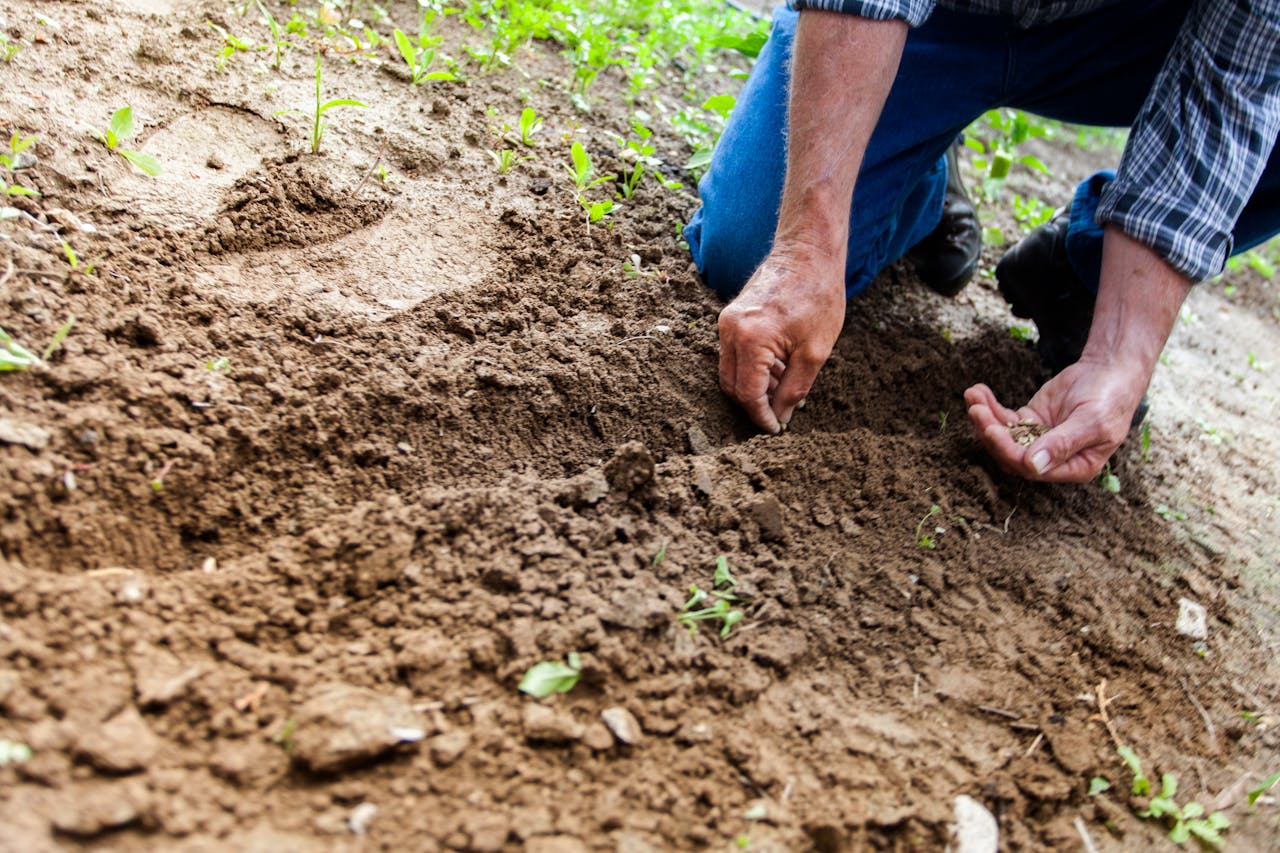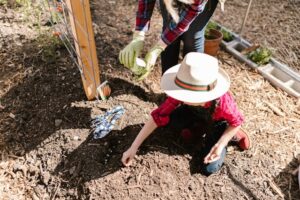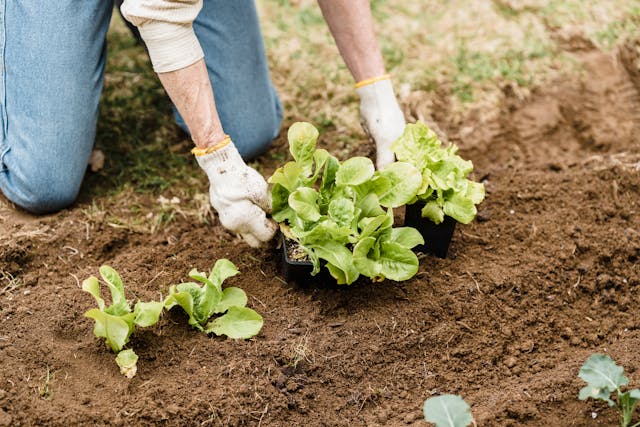Seasonal Gardening: Cultivating a Flourishing Year-Round Garden

Gardening isn’t just a spring and summer affair. It’s a year-round journey filled with the joys of growth, color, and the ever-changing tapestry of nature. Embracing the rhythm of the seasons allows you to create a garden that evolves gracefully throughout the year. In this guide, we’ll explore the art of seasonal gardening, offering tips on planning, maintaining, and enjoying a vibrant garden in every season.
Understanding Your Climate
 Before diving into the world of seasonal gardening, get to know your local climate intimately. Recognize the average frost dates, temperature fluctuations, and the unique characteristics of each season in your region. You can also consider soil testing with meters or kits to gain insights into your soil’s composition and nutrient levels.
Before diving into the world of seasonal gardening, get to know your local climate intimately. Recognize the average frost dates, temperature fluctuations, and the unique characteristics of each season in your region. You can also consider soil testing with meters or kits to gain insights into your soil’s composition and nutrient levels.
This comprehensive understanding of your local climate and soil conditions serves as the bedrock for a successful seasonal gardening journey. This knowledge forms the foundation for selecting plants that thrive in your specific climate, ensuring a resilient and flourishing garden.
Planning for Succession Planting
Succession planting is the key to maintaining a continuous harvest and visual interest in your garden. Plan your plantings strategically to follow one another, allowing for a seamless transition from one season to the next. As you harvest spring vegetables, have summer blooms ready to take center stage, followed by vibrant fall foliage and resilient winter evergreens.
Ensuring Soil Care Throughout the Year
Healthy soil is the lifeblood of a successful garden. Implement a year-round soil care routine that includes amending the soil with compost, mulching to retain moisture, and adjusting pH levels as needed. Each season brings its own set of demands, and addressing them promptly ensures your garden soil remains a fertile haven for plant growth.
Embracing Winter Interest
Winter doesn’t mark the end of the gardening journey; it’s an opportunity to celebrate the subtle beauty of the season. Introduce plants with captivating winter interest, such as ornamental grasses, evergreen shrubs, and winter-blooming flowers. Incorporate elements like bird feeders and decorative structures to add charm to your winter garden.

Adapting to Challenges
Flexibility is a key trait for any seasoned gardener. Be prepared to adapt to unexpected challenges, whether it’s a sudden frost, a pest infestation, or a prolonged dry spell. Monitoring your garden closely and responding promptly to changes ensures that your plants have the best chance of thriving year-round.
In Conclusion
Seasonal gardening is a dynamic and rewarding journey that allows you to savor the unique beauty of each season. By understanding your climate, planning strategically, selecting appropriate plants, caring for your soil, embracing winter interest, maintaining diligently, and adapting to challenges, you can create a garden that delights and evolves throughout the entire year. So, grab your gardening gloves and let the ever-changing canvas of nature inspire your year-round gardening adventure.
